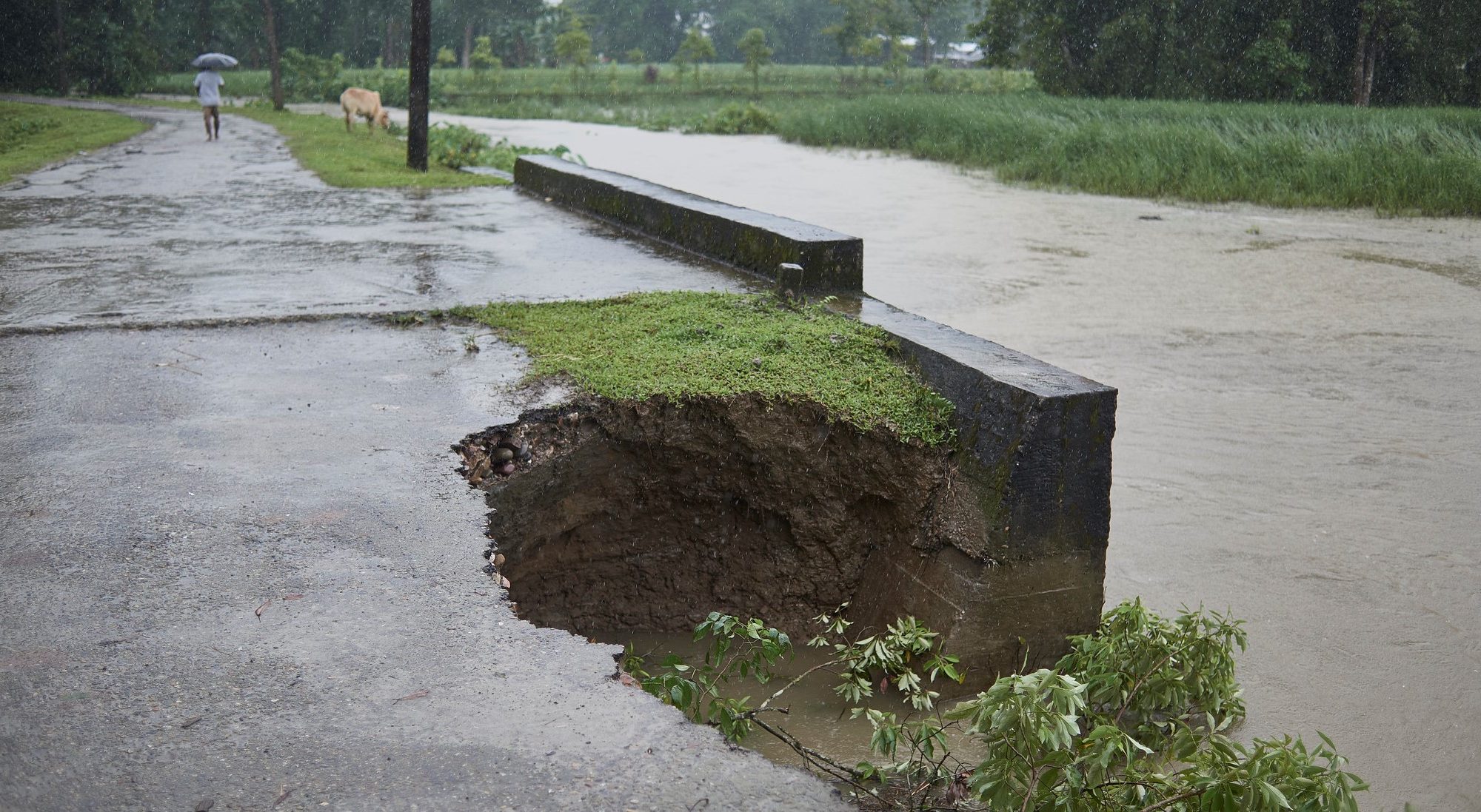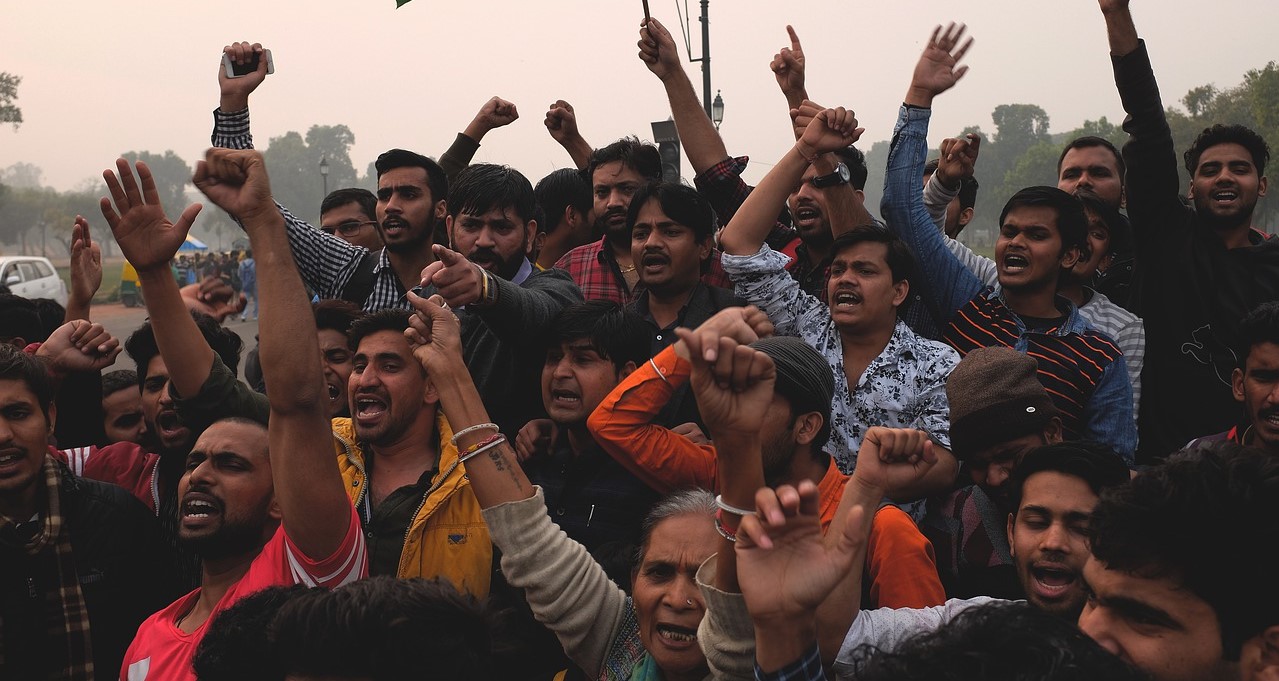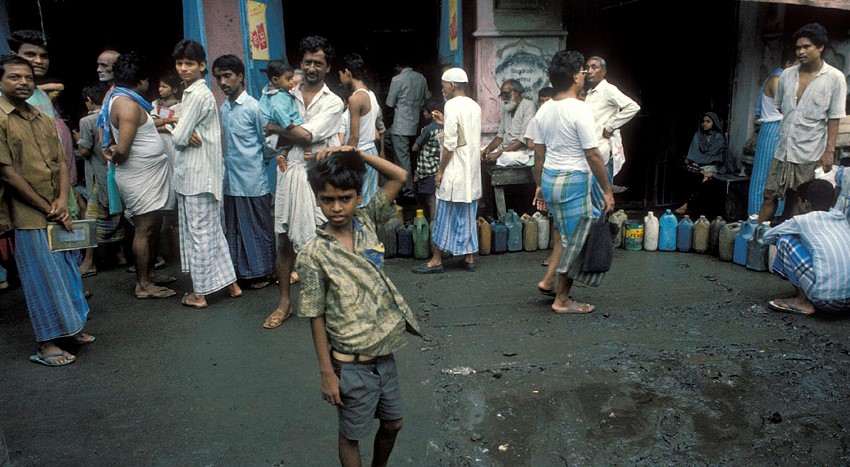By Mausumi Moran Chetia
Assam in the Northeast of India is tormented with disasters such as floods, riverbank erosion, and related displacement. Baan-Khohonia, as colloquially called, or floods-erosion are mutually related – floods can increase the rate of erosion of a river’s banks, and erosion in turn can lead to increased flooding.
As this is written, Assam is reeling under massive disasters, facing floods for the second time this year, erosion and landslides, aggravated by human interventions. At its peak, close to 5 million people were affected, while attracting the United Nation’s support. Official data state the death of 135 people; and report 176201 people who were living in relief camps until 28th June, excluding people living in unofficial, self-made relief camps.
Continue reading “Displaced as data in times of climate crisis: the shrieking silence of disaster-displacement in India”



